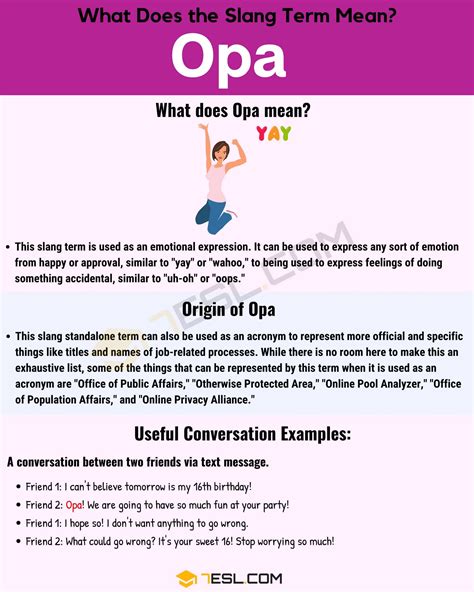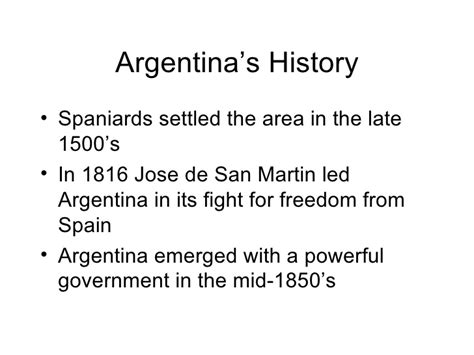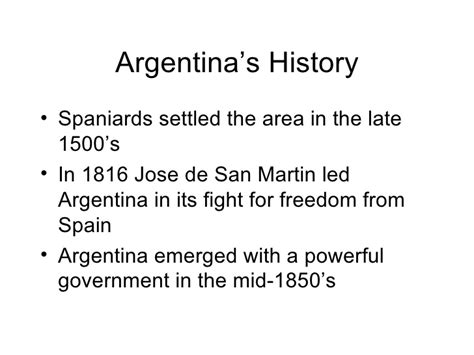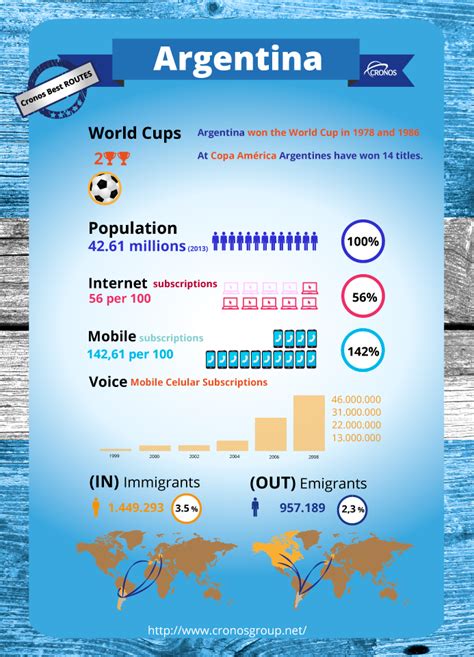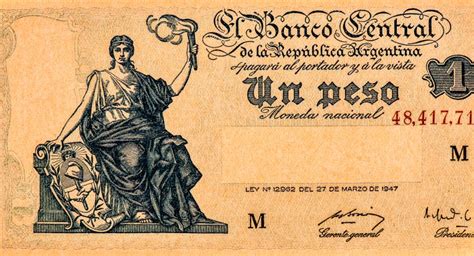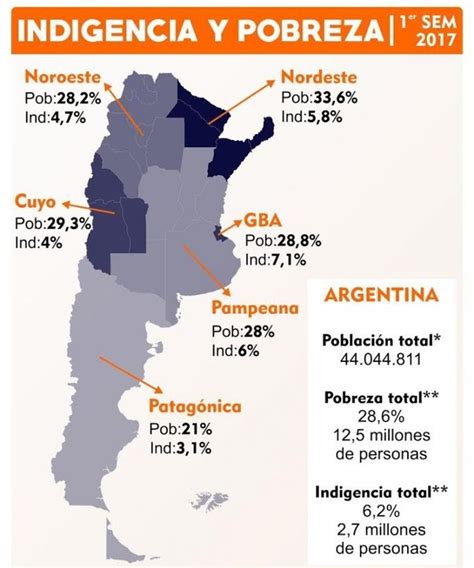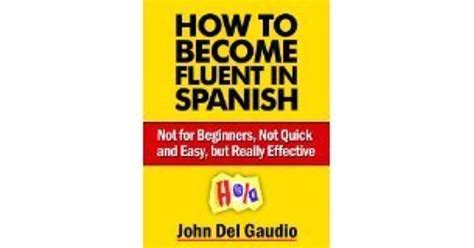
To explain it a bit more, if you spend 3 hours every day learning Spanish, you'll achieve fluency in around six months. On the other hand, if you reduce your Spanish time to one hour a day, it will take about 1.5 years to learn, according to FSI. In any case, the hours are based on classroom instruction.
How long will it take to become fluent in Spanish?
The bottom line. If you start out as a beginner and spend an average of 1 hour per day working on your Spanish, you should able to reach conversational fluency within 8 – 12 months. That translates to roughly 250 – 350 hours of time spent.
Can you become fluent in 4 years?
However, it can take 5-7 years to become fluent in academic language. So within one year, it's absolutely possible to get fluent in a language for social uses, although probably not for academic purposes. Also, don't expect you'll always understand everything — even when you are fluent.
Is it too late to learn Spanish at 25?
Many people believe that you lose the ability to learn new languages as you get older. Language experts, however, will tell you that you're never too old to learn a new language. As you get older, it can be more difficult to learn a new language, though. Children and adults learn new languages in different ways.
Is 2 Years enough to learn Spanish?
Summary: According to FSI, if you spend 3 hours per day learning Spanish, you'll achieve fluency in around six months. Reduce your Spanish time to one hour a day and, according to FSI, it will take about 1.5 years to learn. As you can see, Spanish is one of the most accessible languages for English speakers.
Is Duolingo actually good for Spanish?
Verdict: Should You Use Duolingo To Learn Spanish? All in all, there's a lot to like about Duolingo. This Spanish learning app is free, there's a decent variety of drills and exercises, and the digital platform is top-notch. However, there are certainly some disadvantages with Duolingo Spanish as well.
Is it harder to learn after 25?
And structural plasticity is when your brain changes its structure due to learning. It's strongly believed that once we hit 25, the brain's plasticity solidifies. This makes it harder to create neural pathways. In turn, this can mean it's tougher to learn new skills.
Is 3 years enough to be fluent?
True language fluency requires consistent effort and time, and while 500 – 1,000 hours may seem like a lot, a typical person could probably invest that level of time over 12 – 18 months, with the right study schedule.
Is 30 too old to learn Spanish?
As long as the reason you want to learn Spanish is compelling enough, you can do it at any age!
How hard is French to learn?
In their language difficulty ranking, the Foreign Service Institute puts French in the top ten easiest languages to learn for English-speakers, alongside notoriously easy languages such as Spanish and Italian.
Is 32 too old to learn Spanish?
The truth remains, you are never too old to learn Spanish. All you need do is to find the way that works best for you. Therefore try learning Spanish abroad or find native speakers with whom you can enjoy Spanish conversation.
How long to learn French?
French is a Category I language, so it's relatively easy to learn for native English speakers. It will take approximately 580 hours or 23 weeks of study to reach complete French fluency. Which we could break down as the following: If you study for 1 hour every day, you can learn French in 1.5 years.
What is a B1 level in Spanish?
Also known as 'Intermediate' or 'Threshold', Level B1 marks the point at which a person's language skills move beyond basic usage. A Spanish speaker at Level B1 should find themselves able to cope with the most common situations they are likely to encounter when travelling around a Spanish-speaking country or region.
Can I become fluent in Spanish in a year?
If you're starting from scratch, you could reach this level of fluency in 1 year by studying for 2 – 3 hours per day. If you're already at an intermediate level, you could get there in about 6 months. If this sounds intense, don't worry – this doesn't mean hours of “school-like” studying from grammar books.
Is it possible to become fluent in Spanish in 3 months?
It is possible to learn Spanish in 3 months, but it is true that to fully master the language to a native level, you will need more time. An intensive Spanish course covering all levels (from A1 to C2) consists of 62 weeks (about 15 months in total).
Is it possible to be fluent in Spanish in 6 months?
The only way to learn Spanish in 6 months, and ultimately attain fluency, is to use Spanish in your daily life and to use it all the time. Read in Spanish, watch Spanish TV, follow your passion (in Spanish) and make friends with Spanish people.
Can you become fluent in Spanish quickly?
Firstly, don't make the mistake of thinking you can't learn Spanish fast! It is entirely possible, and you'll find plenty of experienced language learners who will testify to this. And you don't necessarily need expensive Spanish classes or fancy learning software to do it.
Can Duolingo Spanish get you to B2?
At Duolingo, we're developing our courses to get you to a level called B2, at which you can get a job in the language you're studying. Reaching that kind of proficiency requires dedication, varied practice opportunities, and a lot of time.
What level of French is Duolingo?
Duolingo French, despite their claims, is best for beginners. It will help users with A1/A2 competency if used as part of a broader learning program. B1/B2 level learners may find Duolingo helpful to test themselves and keep their language circuits firing at opportune moments.
How much time should I spend on Duolingo a day?
To optimize your learning, aim to spend between 15 and 30 minutes on the app each day. If you're struggling to commit a decent amount of time to your learning, try breaking the time up throughout your day.
Is Duolingo better than Babbel?
The biggest difference between Babbel and Duolingo is the approach to language learning. Babbel is a better option if you want traditional language instructions through modules and lessons. By contrast, Duolingo works great if you need a playful, gamified experience.
Is 27 too late to study?
It is never too late to go to college or benefit from the advantages of a postsecondary degree.
Is 40 too old to learn?
Going back to school is a major undertaking. As a mid-career professional, you might be wondering if it's too late to earn your degree. Don't worry, you're never too old to earn your degree. It's becoming increasingly common for individuals 40 and over to go back to school.
Is 25 too late to be successful?
There's no rule that says you have to become successful by the age of 25. Just look at what some of the most successful people out there were doing in their mid-twenties. Some individuals, like Beyoncé and Steve Jobs, had already made it big. But many other famous and successful individuals were just starting out.
Is 2 hours a day enough to learn a language?
According to the research, the ideal amount of daily study time for rapid language learning is around 1 to 2 hours per day. This may seem like a small amount of time, but it's important to remember that quality is more important than quantity when it comes to language learning.
Is French a group 1 language?
Group I Languages: Including Afrikaans, Danish, Dutch, French, Haitian Creole, Italian, Norwegian, Portuguese, Romanian, Spanish, Swahili, Swedish…
